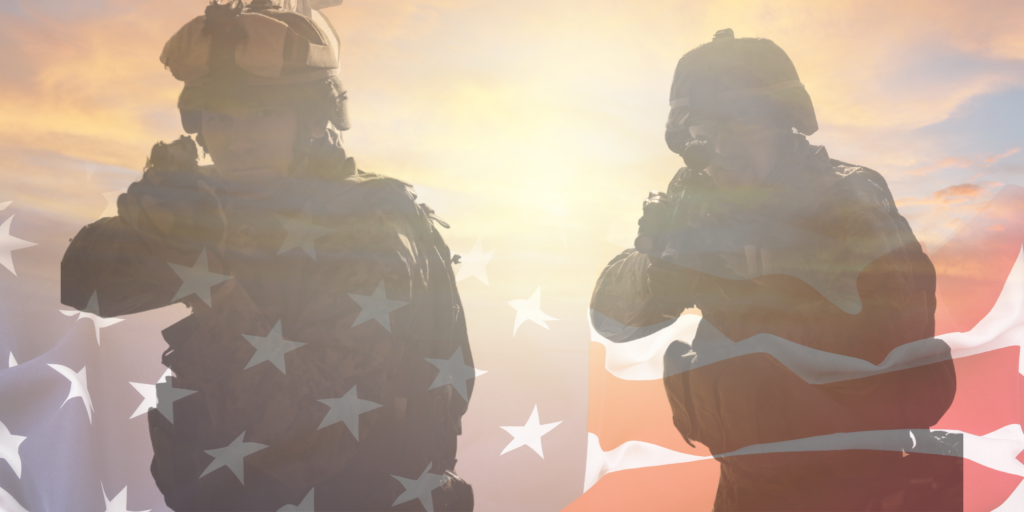Even though I can hold my breath for over three minutes, what could I possibly teach the U.S. Military about engaging their Marines?
Marines are known for swimming for hours in freezing cold water while holding heavy weights above their head. I’m known for Free Hugs and my love of peanut butter. So when the U.S. Marines reached out to us to help them better engage their Marines at installations, I was admittedly nervous about how we would be able to help.
The U.S. Marines had a problem creating a Culture of Connection™ for their members and realized that failing to do so often resulted in destructive behavior by the Marines. The situation was important enough to the leadership team that they reached out to us to partner in helping them develop and implement some new engagement strategies.
Working with the U.S. Marines initially felt different to us than our usual work with universities, non-profits, and other communities. Also, considering there was minimal engagement strategy in place made it even more daunting as we would need to start from scratch.
While racking our brains for ideas on how to approach the situation, a light bulb switched on as we realized that a community is a community. It doesn’t matter who is in the community or where it’s located. As a result, the same engagement principles applied to the U.S. Military as they did to other communities.
The principles of increasing member engagement in every community are the same. We’ve noticed that the three factors listed below are consistent in every community we’ve worked with to improve engagement.
The Three Core Principles of Member Engagement that Apply To Every Community
Initial Social Connections:
The first lesson in Dance Floor Theory™ states that the more friends you have on the dance floor, the more fun you will have and the longer it will last. To build stronger connections between Marines, we suggested they do a heavy push of engaging activities as soon the Marines step onto the installation. This includes some sort of welcome week and orientation programming. According to research, what a member does within the first 90 days of joining a community determines so much of their behavior for the rest of their time there. The welcome week and orientation programs would allow members to learn about one another and build positive social connections immediately.
Establish Affinity Groups:
It’s not enough to build social connections and carry on as usual. Creating smaller affinity groups around shared interests is needed to maintain social relationships within a larger community. We call this idea the congregation within the congregation. Creating smaller communities within your larger community will keep your members engaged over the long term because the groups will meet regularly. This concept is pretty standard within universities as campuses; they will have 100s of student groups around every possible interest. Our suggestion to the U.S. Marines was to build a similar system of interest groups for their Marines. A very effective way to kick-start this process is to find out if your members are already meeting informally around shared interests. For example, your members who love role-playing games might already be meeting. It’s much easier to support a parade already in motion than to start a brand-new one.
Engagement-Based Leadership:
Within Dance Floor Theory™, we discuss the idea of different levels of engagement on a dance floor. The same is true within your community. From the break dancers in the middle of the floor to the wall-flowers on the edge, your members are at different levels of engagement, and each level thinks and wants to be engaged differently. Now that you know this, your challenge is first to understand the different levels of engagement; second, to recognize which level each of your members are currently at; and then create ongoing, engaging activities for each level. The ultimate goal is to keep moving your members up the Engagement Pyramid. We call this Engagement-Based Leadership.
Although we are still in the early stages of partnering with the U.S. Marines, it is clear that the core principles of engagement listed above will work for them just like it does for any community. As we continue the work, we’ll share the progress here so you can see how we took these core principles and made them work for U.S. Marines.
